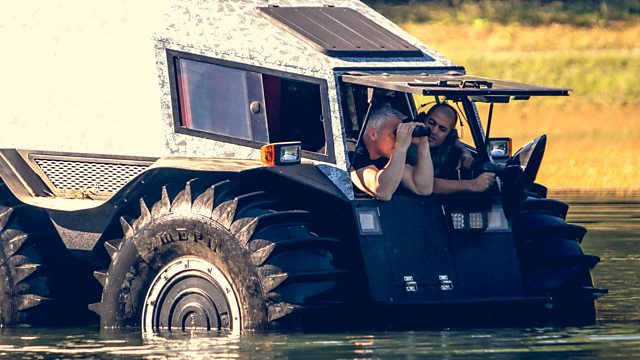Some good points here Scalman.

I made some additional observations from the videos, even though I couldn't understand a word of it.
1. The Mitsubishi ASX would have done even better if it hadn't been dragging its undercarriage on the hill between the wheel tracks. This is an indication that ground clearance is also a very important factor when driving in sand. The softer and drier the sand, the more ground clearance you need.
2. Your point about road tyres being superior in sand was well demonstrated and that's well known among sand drivers. Mud tyres just dig holes. A friend of mine used to run a jeep Renegade on sand dunes with old aircraft balloon tyres fitted that had no tread at all. They were completely bald and it could go anywhere on sand.
3. The sand they were driving on wasn't really all that soft. It was obviously damp underneath the top layer and the deeper the wheel tracks got, the better supported the vehicles were. I've driven my Forester on sand so dry and fine that the wheel tracks naturally filled in almost completely within 30 seconds of driving through it.
4. Following on from point 3, momentum was demonstrated to be a very important factor too. When driving on sand you must keep moving. If you stop going up hill you're finished. This brings in the driver factor in off roading and I think Rally has made this point well before. If you know how to drive you can get a vehicle places others wouldn't have a chance.
5. Lastly, it was pretty plain that vehicle mass made a significant difference too. The lighter the vehicle, the easier it was to drive on sand. heavy vehicles sink further into soft sand and require greater effort to keep them moving. Lower pressures and wider tyres make a difference but the vertical load on the sand is a big factor. The tyre's footprint contributes to resisting the tendency of the vehicle to sink into the soft sand but that advantage is lost to a large extent when wheelspin occurs. In order to keep moving forwards, the tyre that is deepest into the sand is forced to climb up as well as move forward and the heavier the vehicle is, the more force that is required. When it becomes harder to climb the little hill in front of the tyre than it is to dig down, forward motion ceases and the vehicle becomes stuck.
The moral of the story is, if you want to drive on soft sand, you need the following:
1. A light vehicle (Subaru qualifies)
2. Good ground clearance (Contact Subiliftoz)
3. Suitable tyres (the less tread the better) but keep in mind you have to get to the soft sand and back home again so some less aggressive AT tyres might be a good compromise. Lower tyre pressures. 18 PSI is a good place to start but go lower if needed. If you go below 10PSI be very careful when turning corners as tyres can roll off rims at that pressure.
4. A good run up and keep moving - momentum is king.
5. Change direction as little as possible. Wheels straight ahead provides least forward resistance to movement.
Have fun on the beach. I might see you there.










